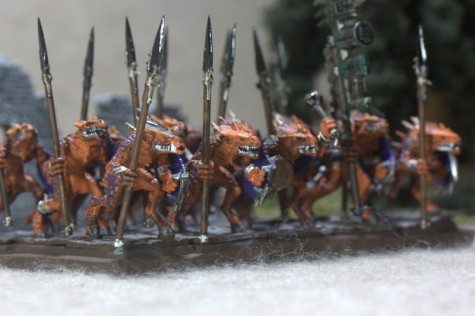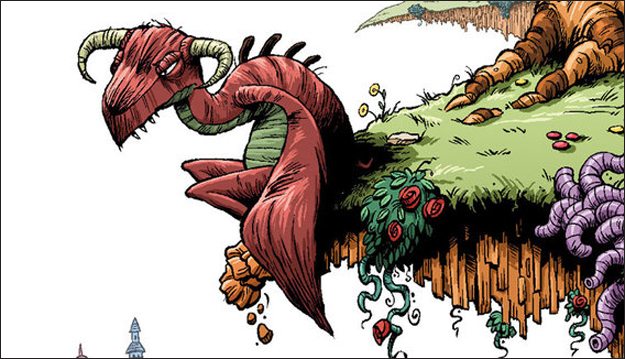
For as long as I can remember, I wanted to be a mom or an astronaut when I grew-up. I think we can blame Star Trek for the astronaut bit.
As a small child, I would look up at the stars and dream about what it would be like to explore the vast regions of space and I would marvel at the science involved that allowed people to be hurled into space, attached to a rocket.
I was always very fortunate that every one in my life nurtured my love and aptitude for math and science. They may not have nurtured my geeky tendencies, but the nerd in me was always strongly encouraged. I was never told that I shouldn’t like math or science because I was a girl. However, when I first started to have my dreams of being strapped to a rocket, reaching escape velocity and leaving the Earth’s atmosphere, Canada did not have a space agency or a space program.

Then in 1983, the National Research Council (NRC) of Canada put a help wanted ad in newspapers across the country. The NRC was looking for six Canadians to begin a wonderful journey; a journey where no Canadian had gone before–a journey into space. It wasn’t until March 1989 that the Canadian Space Agency (CSA) would be created through an Act of Parliament, proclaimed in December 1990.
In 1983, over 4,300 Canadians applied, from all walks of life, in the hopes that they would be chosen as one of six people who would eventually leave Earth at speeds reaching 17,500 mph (7.8 km/s). In December 1983, one of those initial six chosen to be Canada’s first astronauts was Roberta Lynn Bondar. Her acceptance into this new Canadian endeavour helped to reinforce in my young mind that this was something I could aspire to be.

On, January 22, 1992, Roberta would be one of the crew on space shuttle Discovery STS-42, making her Canada’s first female astronaut in space. Roberta was Payload Specialist 1, for the first International Microgravity Laboratory Mission (IML-1). The object of IML-1 was to study the effects of weightlessness and microgravity on living organisms and materials processing. As Payload Specialist, she performed experiments in the Spacelab and on the middeck.
A little bit of fun trivia: Roberta was used as a the ‘human coin toss’ for Super Bowl XXVI. She curled up into a ball, then was slowly spun and tossed towards the ceiling. Whatever end of her body touched the ceiling first would be ‘heads’ or ‘tails’. The result: ‘tails’.
In September 1992, Roberta left the Canadian Space Agency in order to pursue her research.
You can read more about Roberta and her contributions to science, research, the CSA and NASA here.

In 1992, another call went out looking for new people to become astronauts in the CSA. This time, only four would be selected. Over 5,330 people applied and Julie Payette would be one of the four selected, making her Canada’s second female astronaut, renewing my aspirations to boldly go into space. Her inclusion into the CSA was one of the reasons I would join the Canadian Armed Forces in 1993.
She has been lucky enough to be on two shuttle missions.
The first was on space shuttle Discovery STS-96, which launched on May 27, 1999. It was during this mission that a shuttle would dock for the first time to the International Space Station (ISS), making her both the first Canadian aboard the ISS and first Canadian to participate in the assembly of the ISS.

During that mission, she served as one of four Mission Specialists. It was her job to supervise the space walk, she operated the Canadarm and she was responsible for the station systems. Her duties did not end there. You can read more about her contributions to this mission here.
On July 15, 2009, Julie would return to the ISS on space shuttle Endeavour STS-127. During this mission, she served as the flight engineer–Mission Specialist 2. Her responsibilities included operating three different robotic arms–Canadarm, Canadarm 3 and the Japanese arm–as well as ensuring that the space shuttle was safe for reentry into Earth’s atmosphere by inspecting the shuttle’s wings, leading edges and nose cap.
From the beginning, this mission was plagued by problems. It wasn’t until the sixth launch attempt that Endeavour would be a go for launch. After Endeavour‘s launch, the world held its breath as news came that she lost some foam during the launch, the same event which caused the destruction of Columbia six years earlier. Thankfully, it was determined the the scuffs were minor and would not pose a threat upon reentry.
As with STS-96, her duties did not end there. You can read more about them here.

It was during this mission that another Canadian first happened: The first time that two Canadian astronauts would be both in space at the same and aboard the ISS at the same time. Also, after Endeavour docked with the ISS, it set a record for the most humans in space at the same time in the same vehicle.
Aside from the final Hubble repair mission, out of all the missions in the last two years, this mission is one that I remember the most vividly. Not only was it fraught with problems, but it was filled with a lot of very proud moments in both Canadian history and NASA history.
Also of note, Julie was was Lead CAPCOM (Spacecraft Communicator) for space shuttle Discovery STS-121 (2006): NASA’s return to space after the Columbia disaster.
You can read more about Julie’s contributions here.
Thank you Roberta and Julie for your contributions to both NASA and the CSA. Thank you for inspiring me as a young child, a teenager and continuing to inspire me into adulthood. I hope your legacy will continue to inspire many young Canadian girls to pursue careers in science, research, engineering and allow them to dream of a day when they will be strapped to a rocket and hurled into space.




We/ve had an expecial soft spot in our household for the Canadian woman astronauts ever since Scholastic hired my wife to write and draw a short science fiction graphic novel telling the story of the Canadian astronauts (with a focus on Roberta Bondar). We’ve got a number of Roberta Bondar biograpgies in the house.
Unfortunately, the book, Roberta’s Space Adventure is only available to Canadian schools as part of a literacy program package.